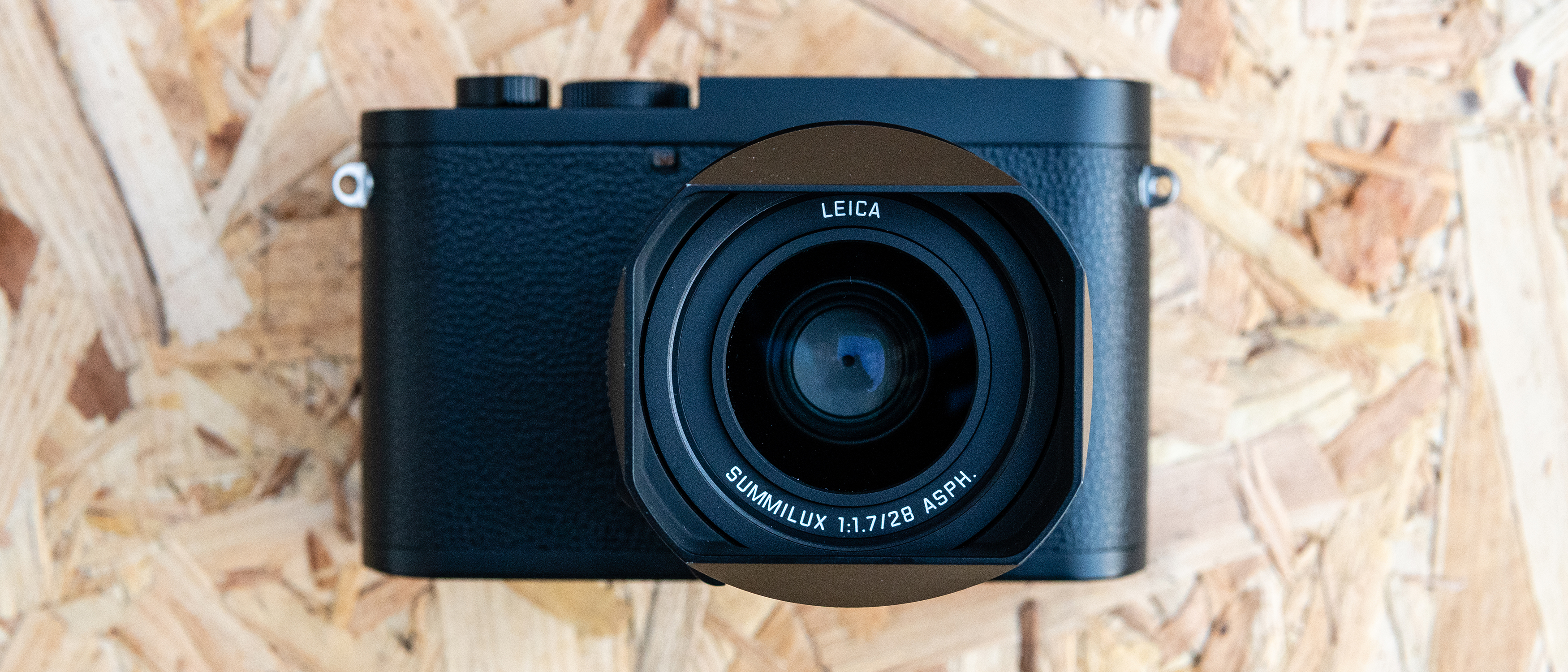TechRadar Verdict
There's no doubt that the Q2 Monochrom is extremely expensive for a compact camera, albeit one with a 47.3MP full-frame sensor. And even by Leica standards, it's monochrome-only sensor makes it extremely niche. But it does give photographers who'd like to own a Leica camera a much more affordable option than an M10 or M10 Monochrom – and if you don't mind only shooting exclusively in black and white, and it produces stunning image quality, too.
Pros
- +
Full-frame 47.3MP sensor
- +
Fast f/1.7 maximum aperture
- +
Beautiful design and excellent build
Cons
- -
That price tag
- -
Only shoots black-and-white
- -
Fixed 28mm wide-angle lens
Why you can trust TechRadar
The Leica Q2 Monochrom isn't 'affordable' by most people's standards, but it is one of the less frighteningly-priced models in Leica's lineup. Sitting alongside the color-shooting Leica Q2, it's a monochrome-only camera that offers a truly unique set of headline features in a modern package.
The days of compact cameras might be almost over thanks to the advances of smartphone cameras, but the Leica Q2 Monochrom is one of the few that is capable of capturing professional-quality images.
It does this by pairing a 47.3MP full-frame sensor with a fixed Leica Summilux 28mm f/1.7 ASPH lens, a combination that produces some exceptional results.
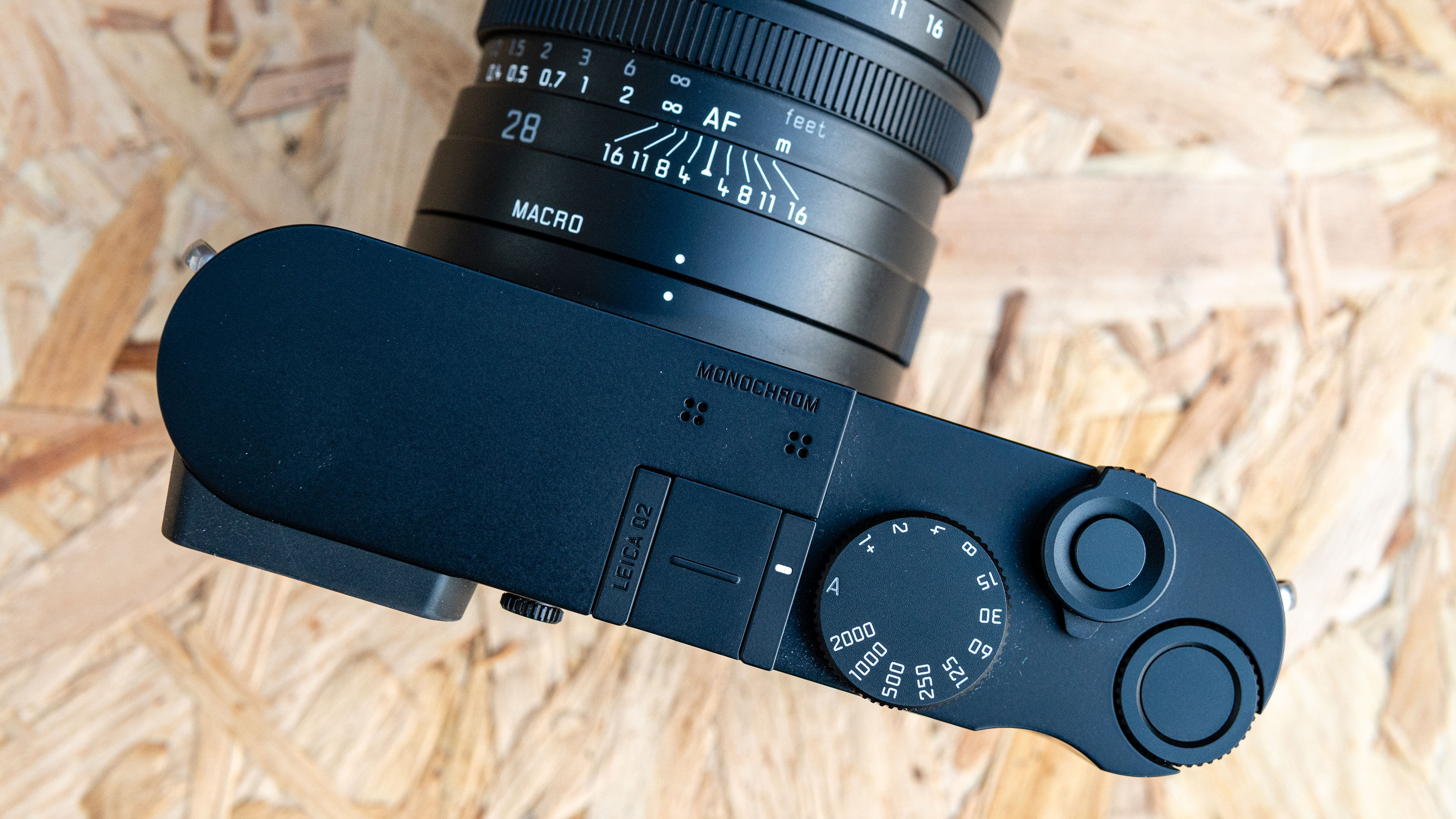
But the Q series also differs from interchangeable lens cameras like the Leica M10 and Leica M10 Monochrom by including modern features like autofocus and Wi-Fi modules, which connect to the Leica FOTOS App to help you both control the camera from a smartphone and share images online.
What's reassuring is that the Q2 Monochrom manages to retain the tactile charm Leica cameras are known for, which makes shooting with the camera a joy. But despite this, is the Leica Q2 Monochrom too niche for even Leica’s loyal black-and- white aficionados?
Features
The black-and-white only nature of Leica’s Monochrom series is often the most difficult aspect of the cameras to understand. But with the Q2 Monochrom, it’s the choice of a 28mm f/1.7 lens that’s more curious.
Of course, image quality is fantastic, and details are crisp throughout the aperture range and even wide open. The lens does also only have a small yet correctable amount of barrel distortion. The problem is, 28mm is quite wide and is a much less versatile focal length than 35mm or 50mm, so some might prefer this camera to have a 35mm lens.
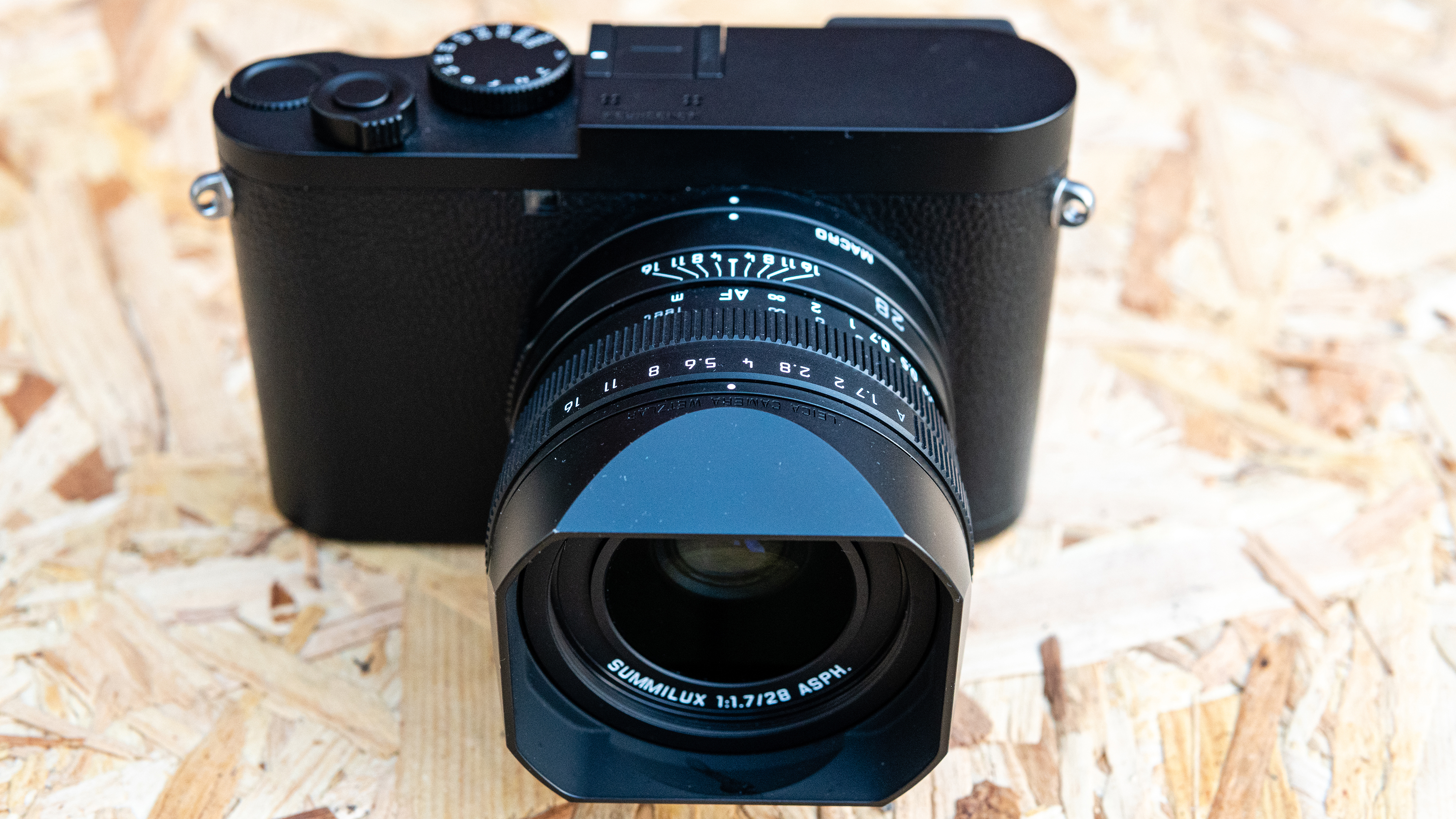
The fixed lens can be extended using a digital feature where you essentially zoom into images digitally and a frame appears on screen to show a simulated focal length of 35mm (30MP), 50mm (14.7MP) and 75mm (6.6MP). With this mode active, JPEGs are saved in the relevant crop factor, while a full-resolution Raw file is also captured. It’s a pointless feature in reality, but someone may have a use for it.
Video is possible up to 4K at 30 or 24fps, while at HD you can shoot at 120, 60, 30 or 24fps. While it’s not a camera you’d buy first and foremost for shooting video, particularly when you consider the lack of a microphone socket, it’s a feature that’s certainly better to have than not.
Other notable features include fast and positive single point AF that locks on in a near-instant. Although continuous AF isn’t quite as reliable as you’d hope, the camera can shoot full-resolution stills at up to 10fps. This isn’t anywhere near as fast as a pro-spec mirrorless camera or DSLR, but it’s more than fast enough for street, documentary and landscape photography, which the camera is most suited to.
Design
Despite being a compact camera, the Q2 Monochrom looks and feels very much like a Leica, with a sleek matte black body and minimalist external controls. Unusually, there's no viewfinder window, since the Q2 Monochrom uses a bright and clear 3.68MP OLED electronic viewfinder, rather than an optical viewfinder.
The lack of external controls – beyond the manual aperture ring, focus ring, shutter speed dial and thumbwheel – keep operation focused purely on the key controls. The majority of settings are accessed via the menu, though commonly used settings can also be assigned to the FN and thumbwheel button.
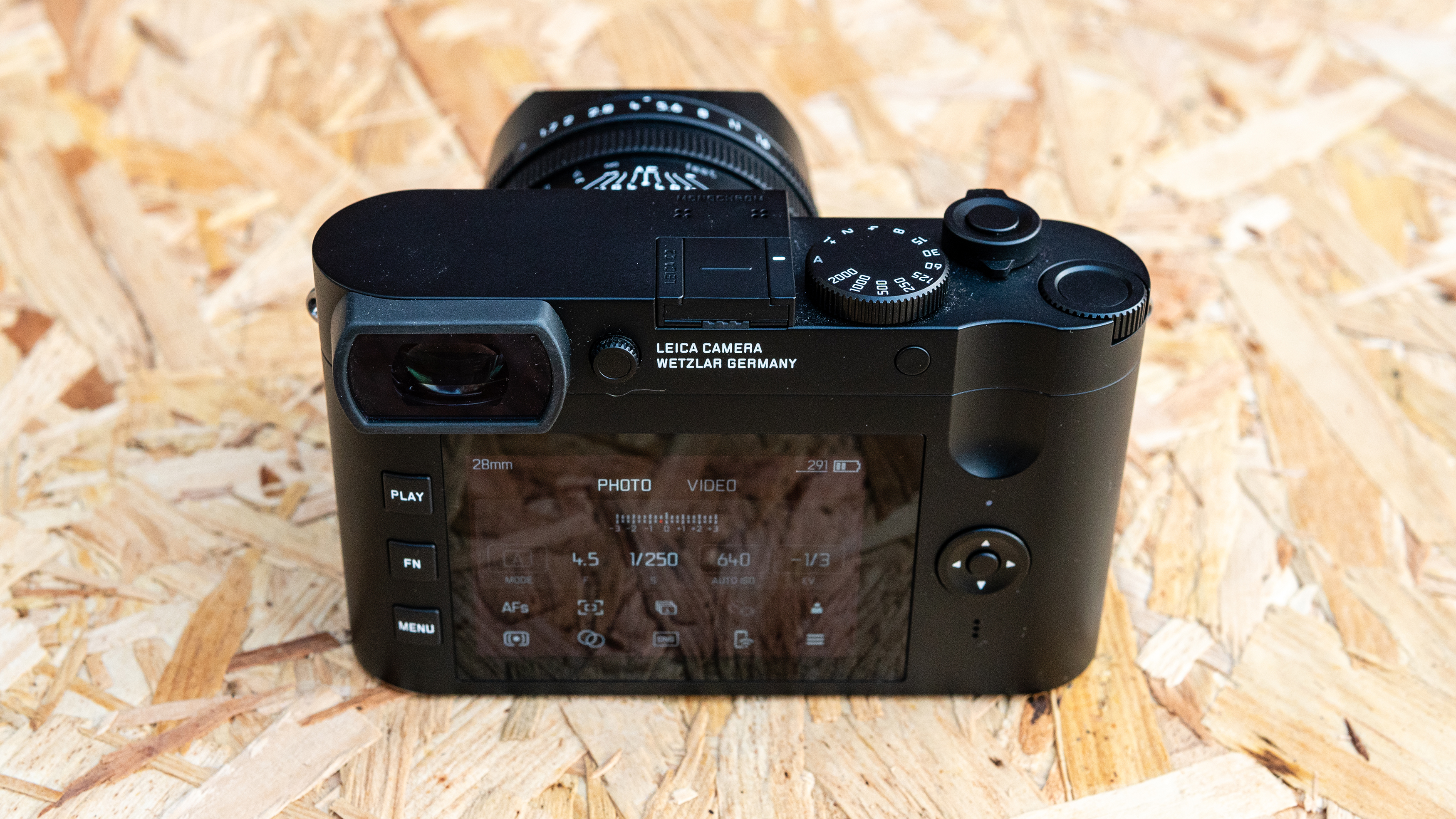
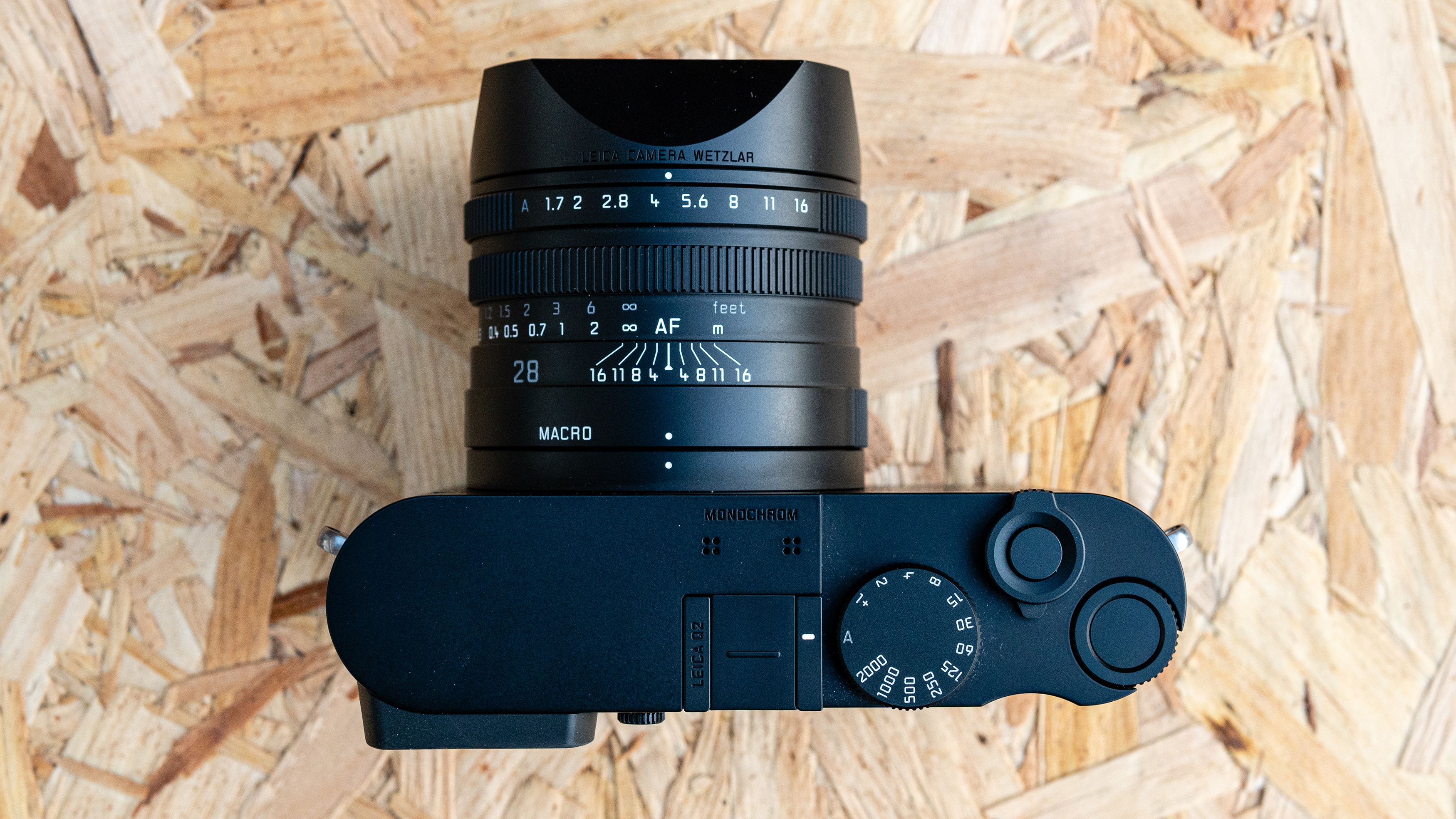
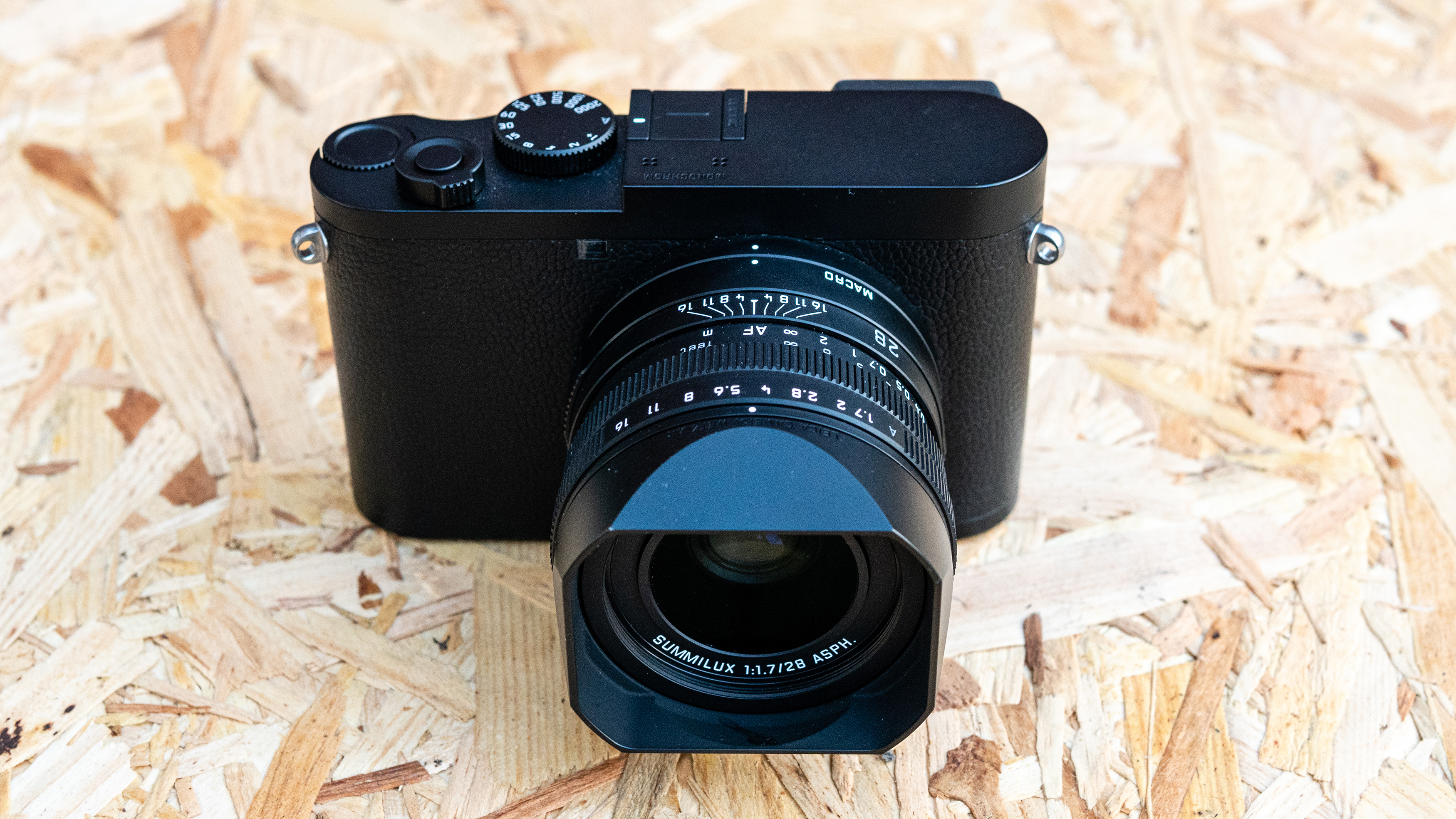
Using the camera is extremely easy thanks to an intuitive menu system and controls. Without reading the instruction manual you may not learn where everything is straight away, but it only takes a few hours of using the camera to work things out.
The Q2 Monochrom feels solid in the hand and undoubtedly oozes class and style, but at 743g it’s heavy for a compact camera with a fixed prime lens. Carrying the camera around in one hand isn’t particularly comfortable and while the thumb groove on the back helps, it’s not quite enough to counter the overall weight of the camera.
Image quality
Shooting with the Q2 Monochrom is an absolute pleasure. And while the monochrome-only sensor sounds almost ludicrous, the image quality benefits quickly make you realize that Leica, with insightful knowledge of its customer base, is onto a feature that could be a stroke of genius.
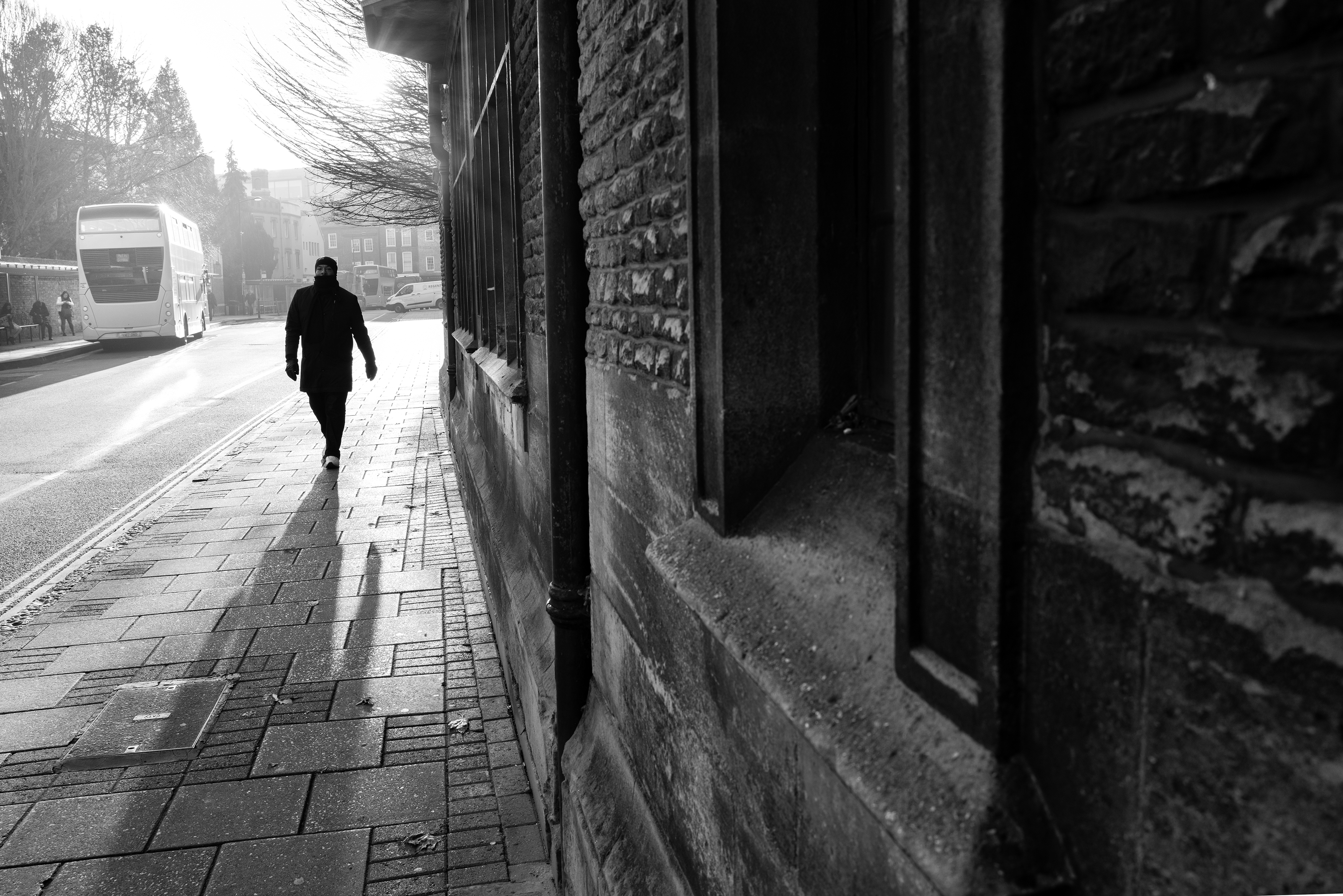
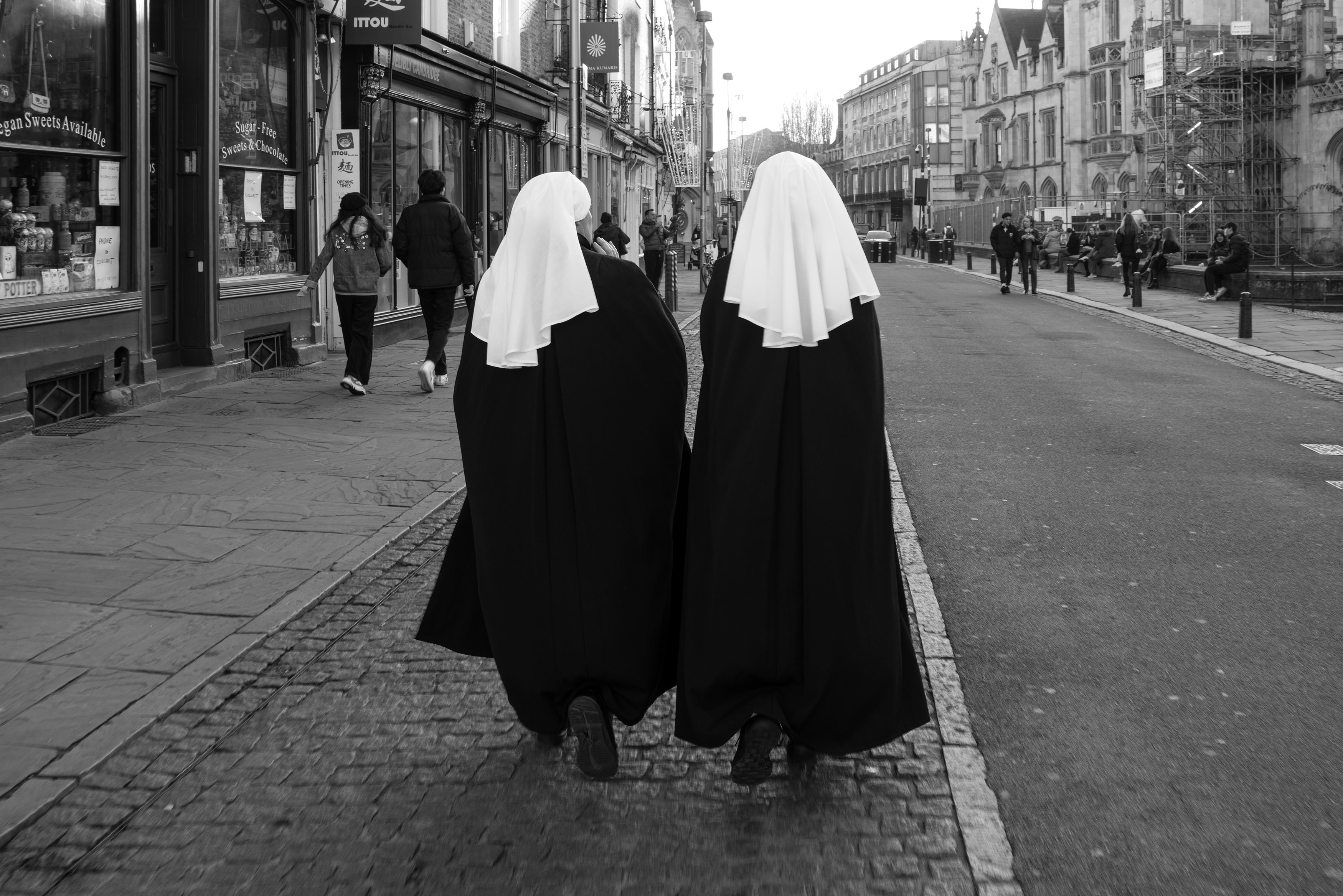
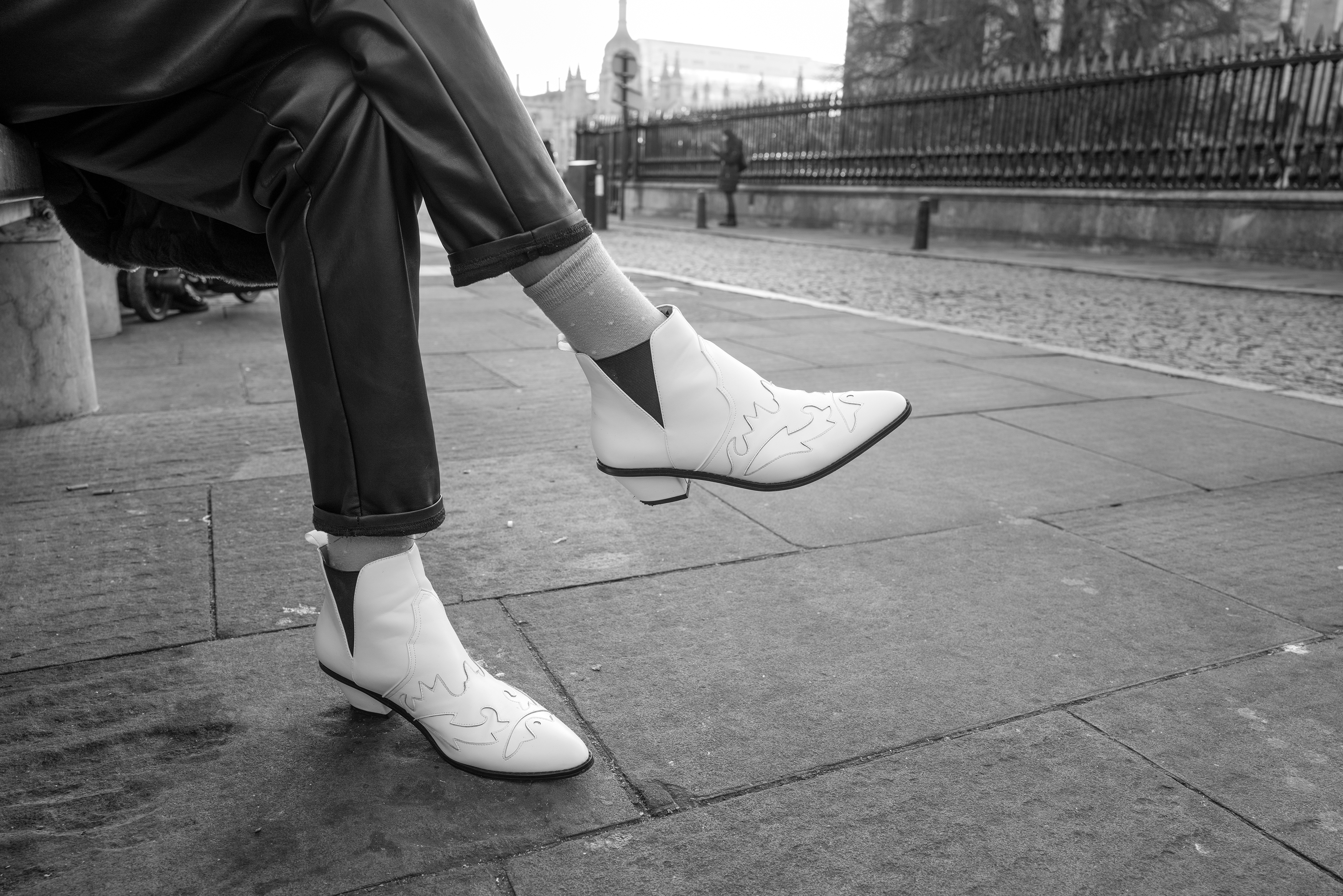
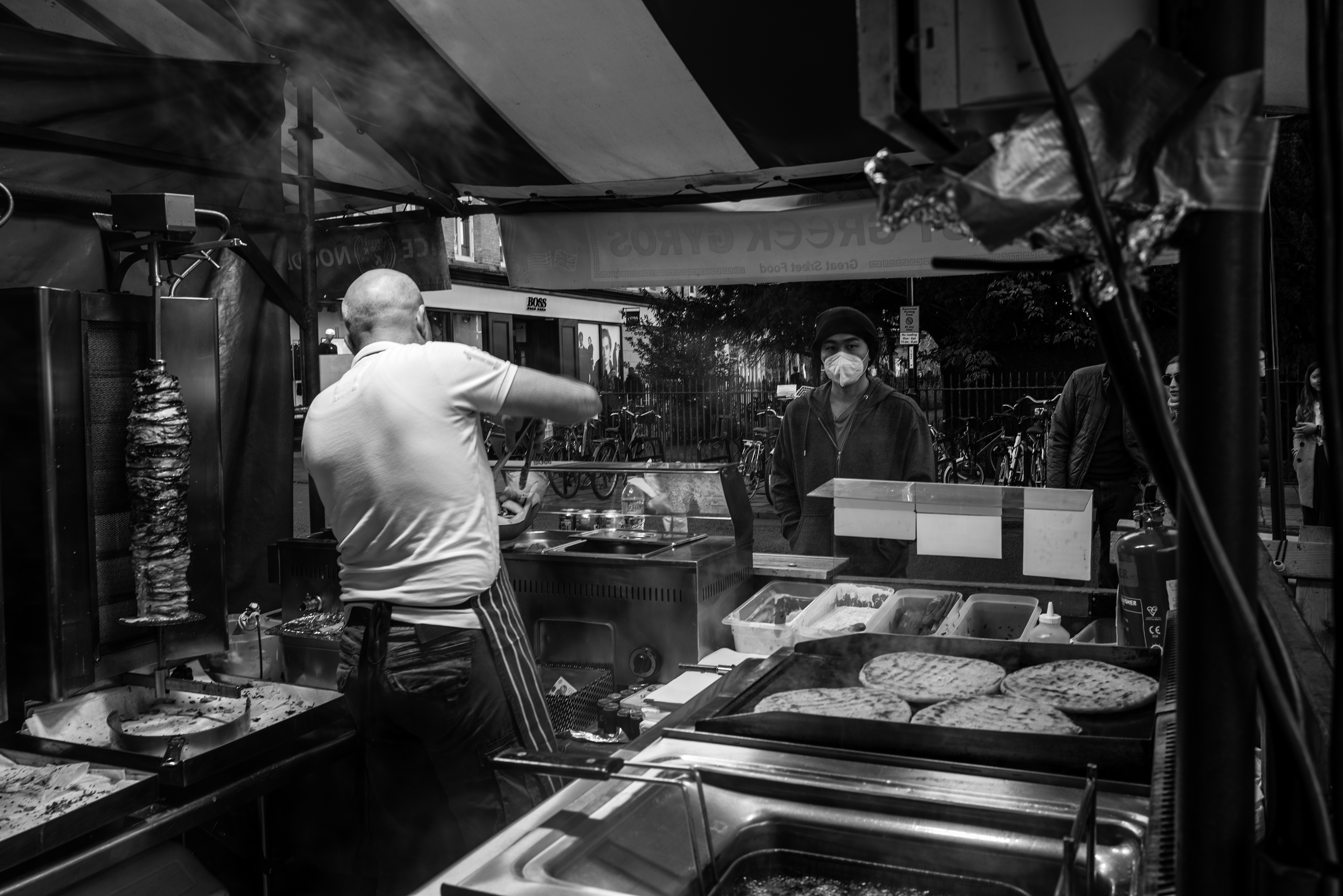
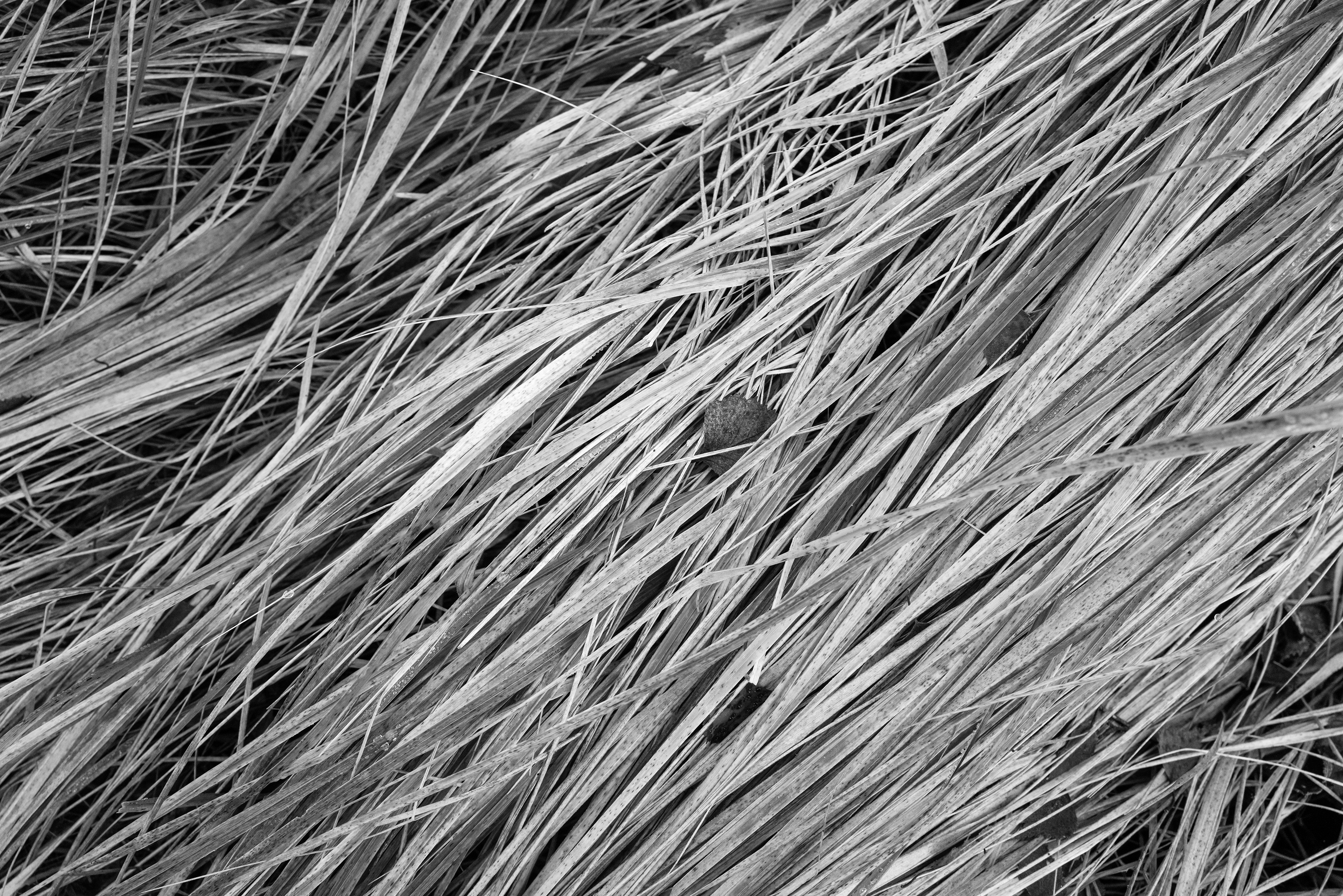
Having any camera that only shoots black-and-white is a luxury many photographers can't afford even at entry-level camera prices, and the Leica Q2 Monochrom takes this to an eye-watering new level.
But once you see quality of the images from a camera that has no color array filter and no need for an interpolation algorithm, you'll quickly realize why the Q2 Monochrom makes sense. Even if it means sacrificing the option of shooting in color.
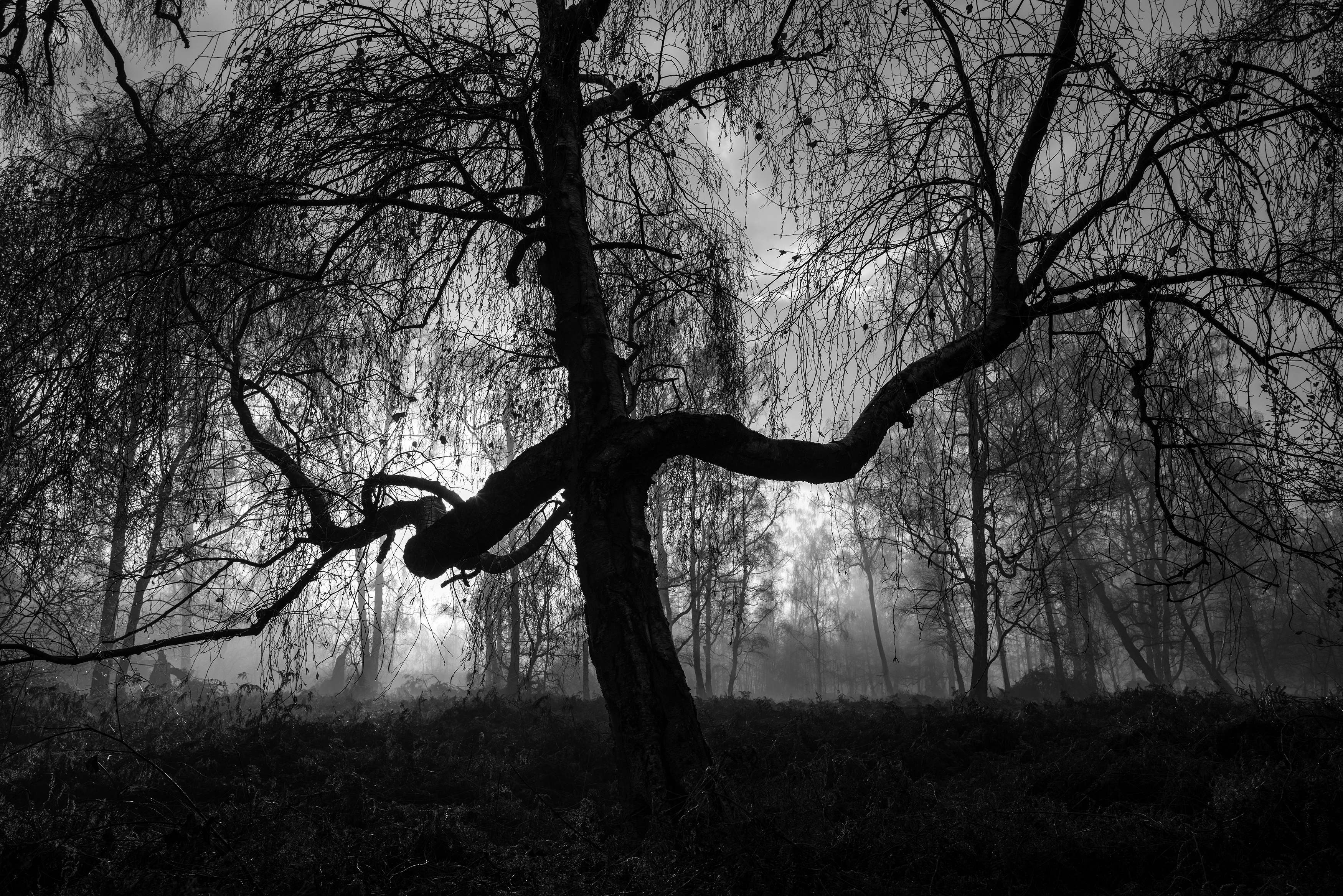

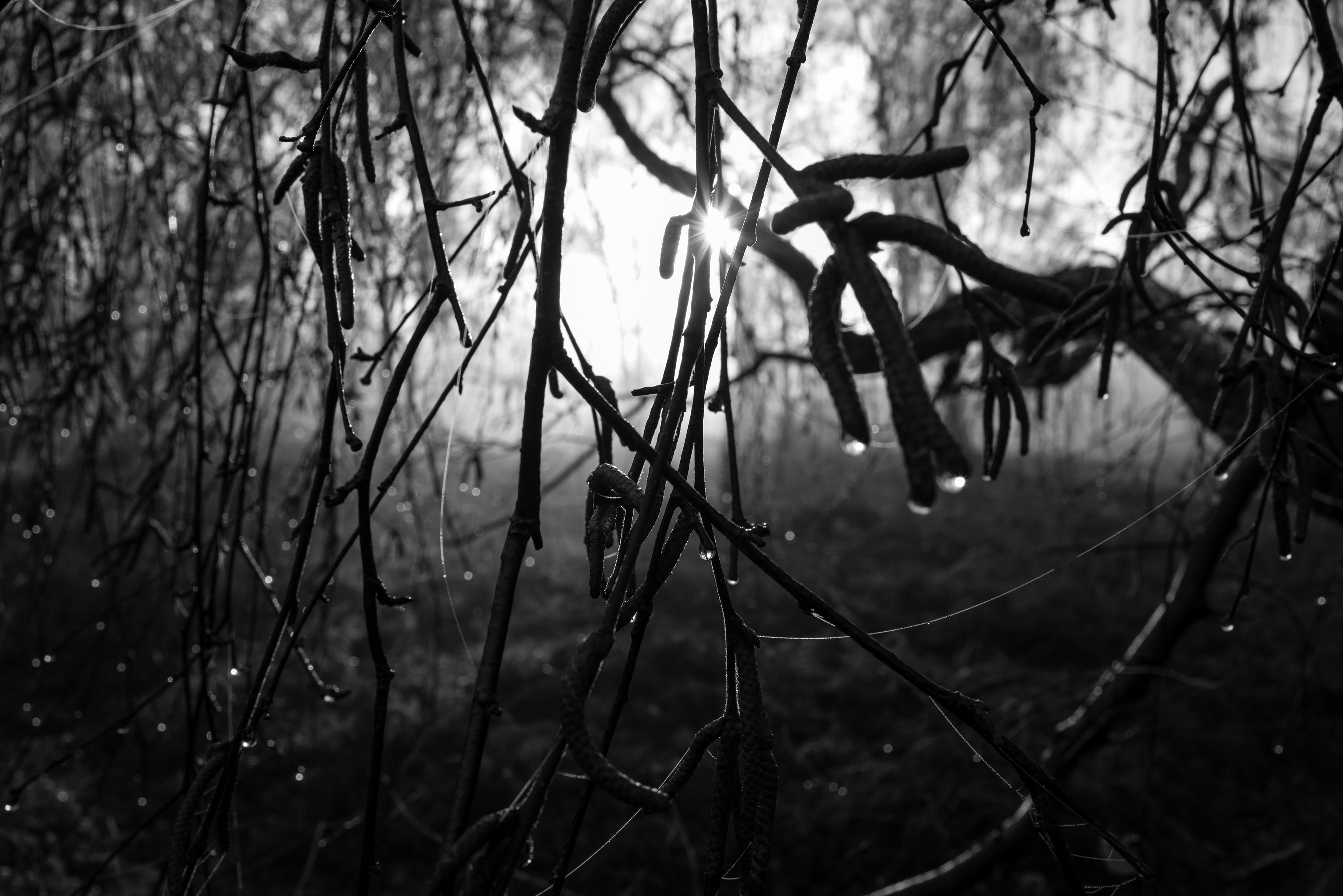
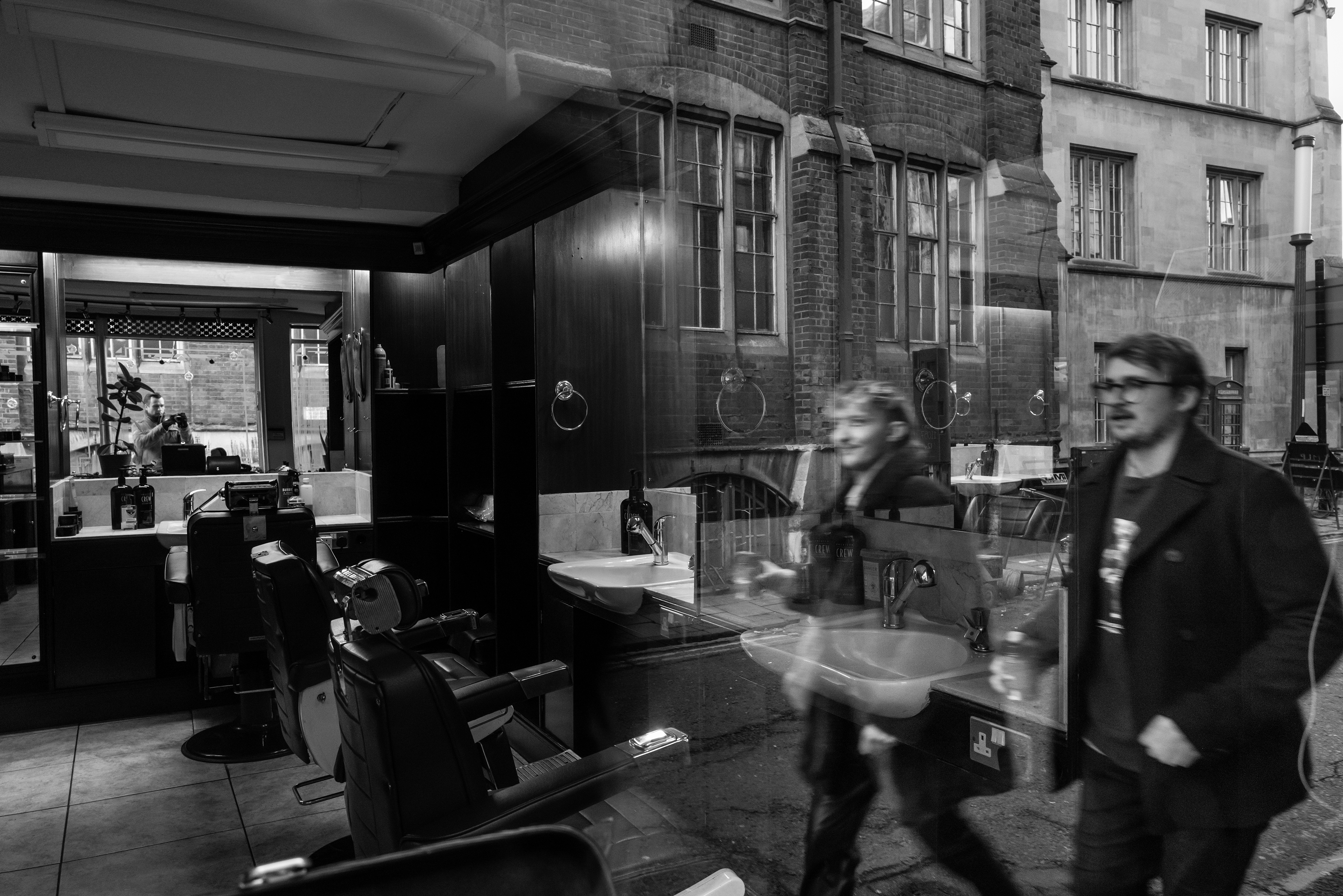
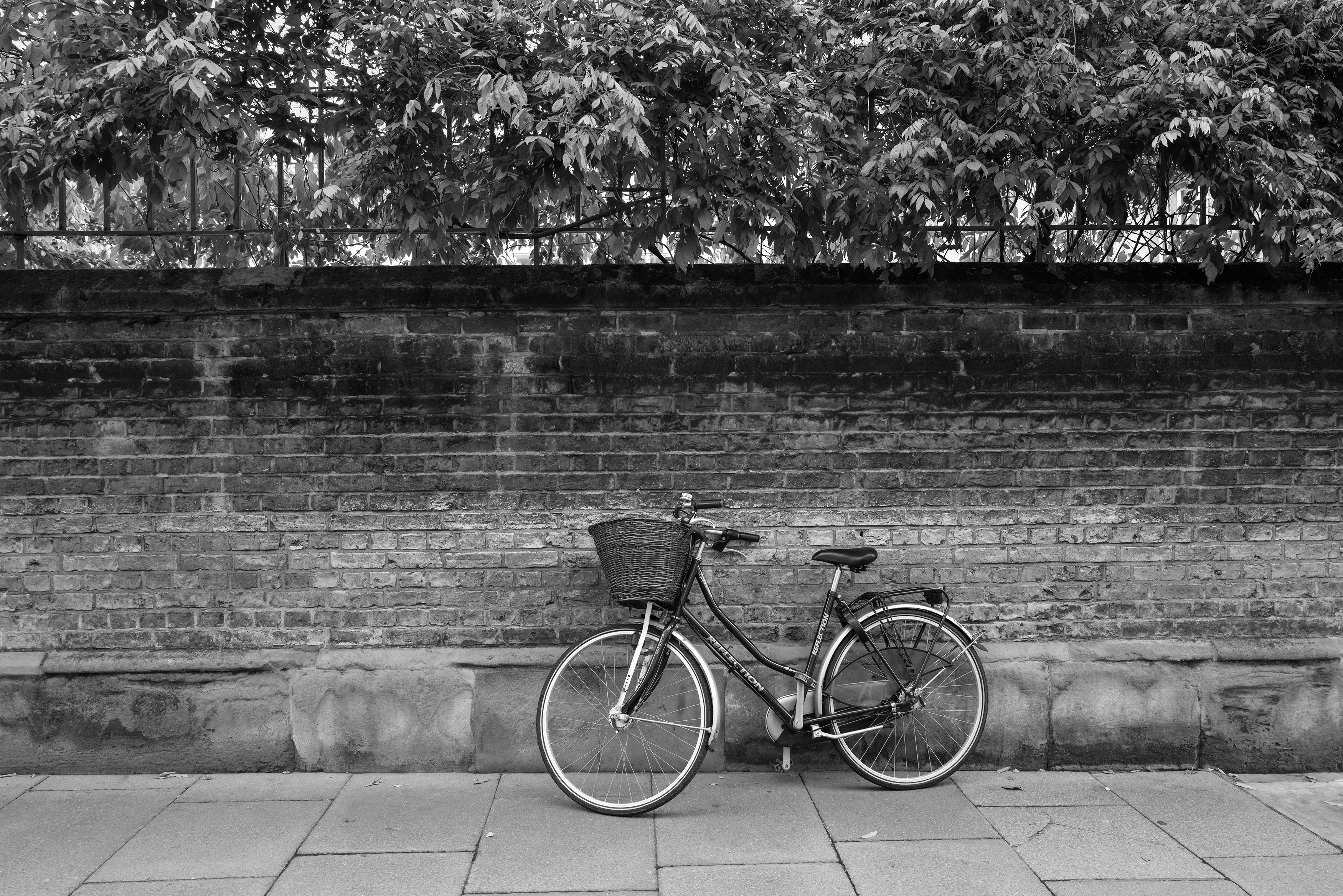
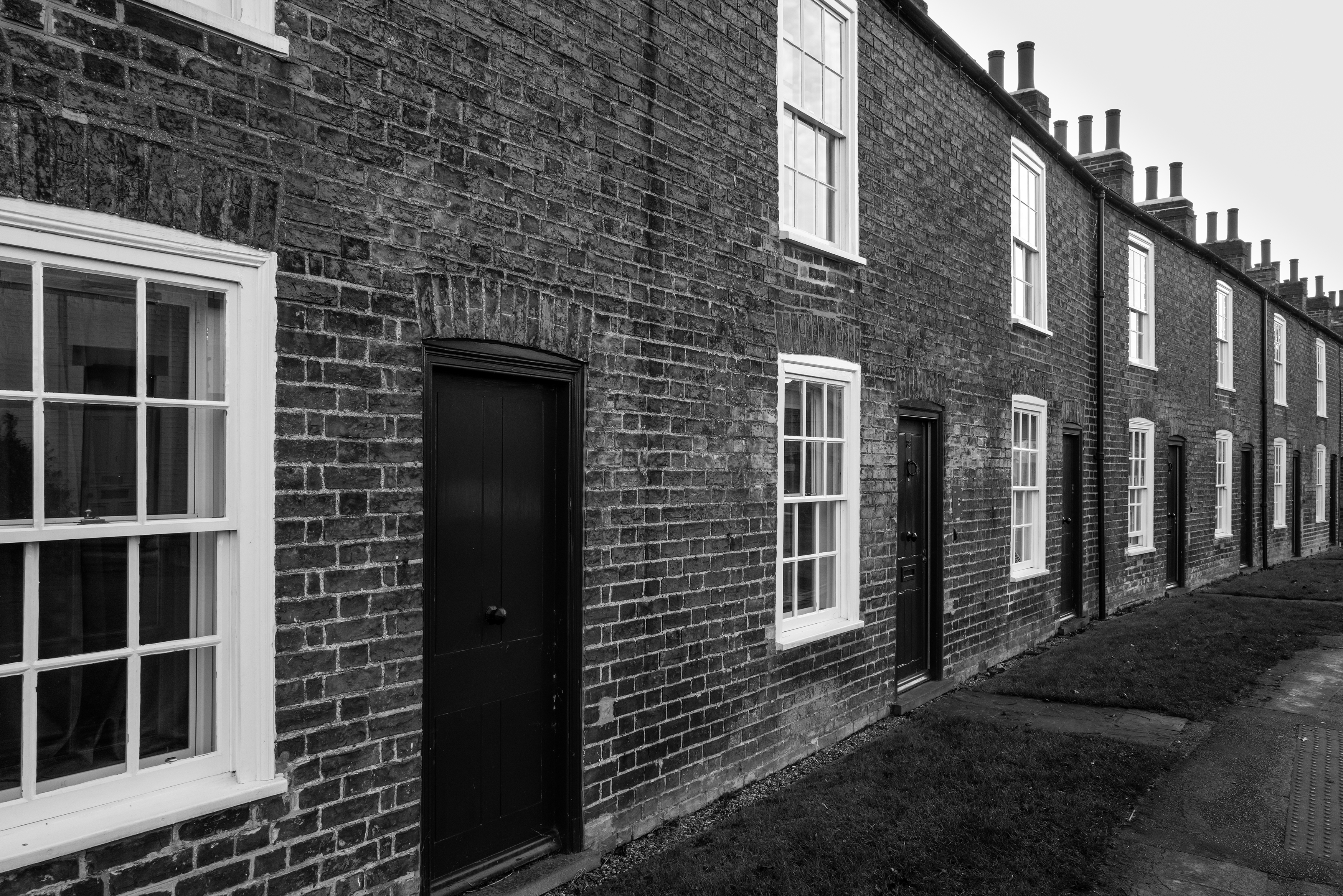
The Q2 Monochrom's sensor configuration makes it possible to shoot at extremely high ISO settings with significantly less high ISO noise visible than standard color shooting cameras.
Noise levels are so low, in fact, that it’s completely safe to use Auto ISO set to a maximum setting of 6400 for everyday shooting and not worry about noise – it’s that good.
This makes the Q2 Monochrom perfectly suited to street and documentary photographers who often find themselves working at high ISO settings, though at lower settings the 28mm lens could work well for landscape photography, too.
Should I buy the Leica Q2 Monochrom?
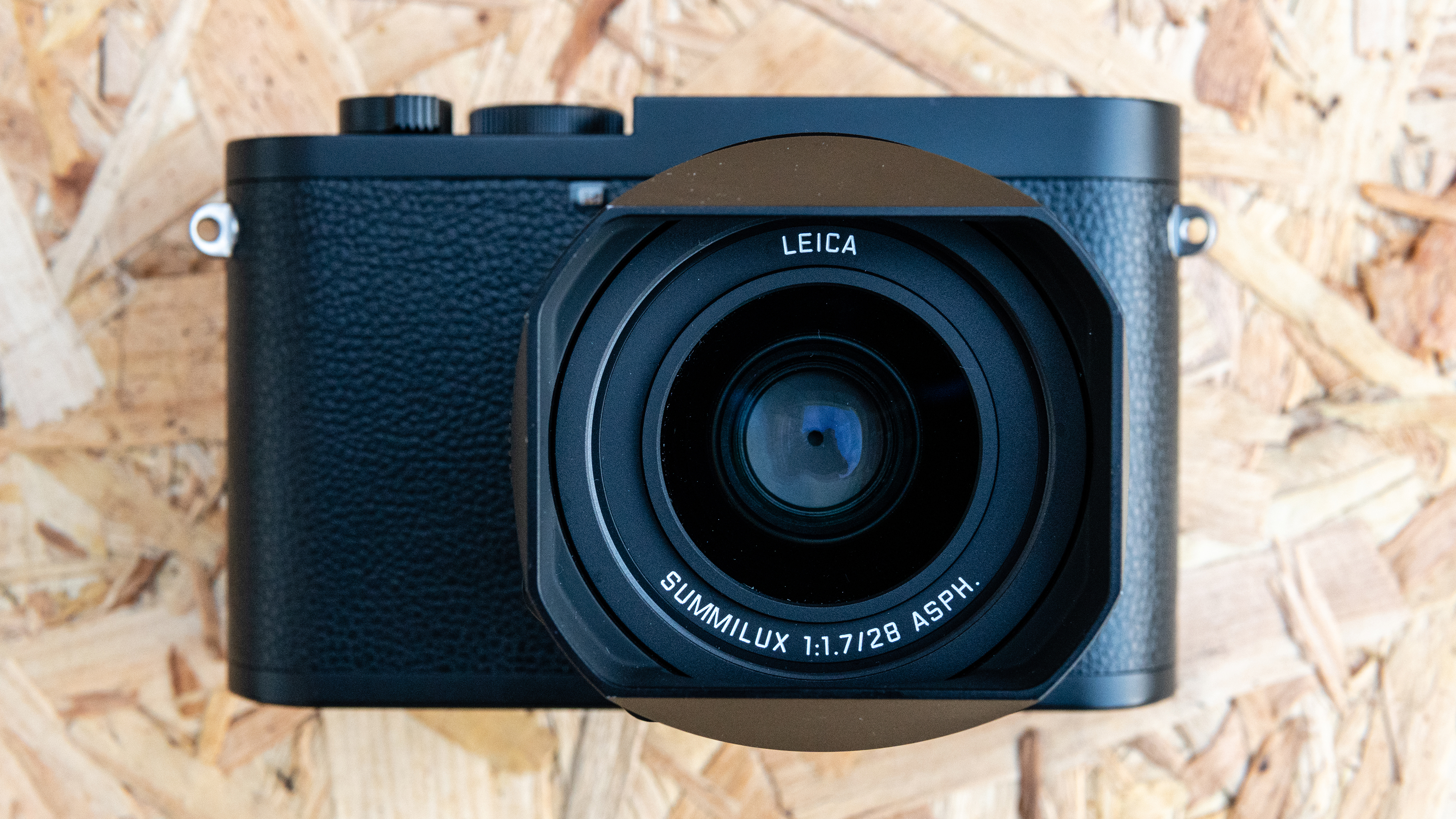
Buy it if...
You only shoot black-and-white images
If you’re a black-and-white photographer in need of a high-quality compact camera and have deep pockets, the Leica Q2 Monochrom certainly won’t disappoint.
You regularly shoot at high ISO settings
If you can get past the main hurdle of a camera that only shoots black-and-white, you can enjoy incredibly low levels of ISO noise at high settings for smooth results that other cameras simply can’t achieve.
You want a camera that makes a statement
The Leica Q2 Monochrom, like all of Leica’s black-and-white only cameras, is a conversation starter. And with exquisite design and great image quality thrown in for good measure, this is a camera you’ll want to talk about.
Don't buy it if...
There's a chance you'll want to shoot color images, too
This is a no-brainer really, but if you ever shoot color images then this camera isn’t for you. If it's within budget, consider the color-shooting Leica Q2 instead and convert to mono when you need to.
You like small and lightweight compacts
The Q2 Monochrom isn’t as large as a DSLR or even a full-frame interchangeable lens mirrorless camera, but at 743g it’s quite a lot of weight in the hand for a day of shooting, and it certainly isn’t pocket-sized.
You need a range of focal lengths
A camera with a fixed prime lens provides a single focal length, so if this one lens doesn’t suit you and your style of photography, it won't be suitable for you.
- These are the best mirrorless cameras you can buy right now
James Abbott is a professional photographer and freelance photography journalist. He contributes articles about photography, cameras and drones to a wide range of magazines and websites where he applies a wealth of experience to testing the latest photographic tech. James is also the author of ‘The Digital Darkroom: The Definitive Guide to Photo Editing’.
